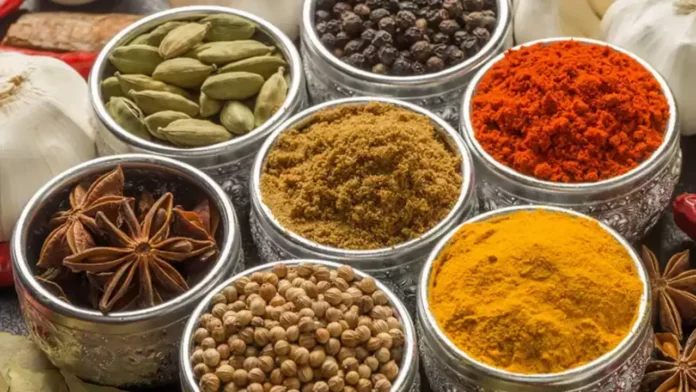The Spices Board has issued detailed guidelines for exporters to mitigate the risk of ethylene oxide (EtO) contamination in products exported from India. This move comes in response to quality concerns raised by certain countries regarding these goods. As per the guidelines, exporters must refrain from employing EtO as a sterilizing/fumigating agent or for any other purpose in spices. Additionally, they are required to ensure that EtO is not utilized by transporters, storage facilities, warehouses, or suppliers of packaging materials at any stage of the process.
Exporters are mandated to implement sufficient measures to guarantee the absence of ethylene oxide (EtO) and its by-products in spices and spice products across the entire supply chain.
They will additionally recognize this chemical as a hazard and integrate crucial control points to deter ethylene oxide (EtO) in their Hazard Analysis Critical Control Points and Food Safety Plan within their Food Safety Management System.
Exporters are required to conduct EtO contamination tests on raw materials, processing aids, packing materials, and final goods. The nine-page instructions stated that exporters must conduct a root cause analysis, put in place the necessary preventative control measures to stop future recurrence, and keep such records in the case that EtO is detected at any point in the supply chain.
They are advised to employ alternative sterilization methods such as steam sterilization, irradiation, and other techniques sanctioned by the food regulator FSSAI.
Continue Exploring: FSSAI to initiate quality checks on domestic food items including spices and dairy products
These guidelines were issued following the ban imposed by Hong Kong and Singapore on the sale of popular brands MDH and Everest due to the discovery of the carcinogenic chemical ethylene oxide in their products. Consequently, a mandatory recall from shelves was initiated.
It further stated that the establishment shall not accept spices, herbs, and their source plants known to harbor microbial contaminants that cannot be reduced to acceptable levels through regular processing procedures, sorting, or preparation.
It said that raw materials will be thoroughly examined, cleaned if necessary, and sorted before processing. “Special measures will be taken to turn down herbs exhibiting signs of pest damage as well as mould growth, so as to eradicate the potential hazard of mycotoxins such as aflatoxins,” it noted.
It urged the implementation of effective measures to prevent cross-contamination of spices and herbs through direct or indirect contact with potentially contaminated materials at every stage of processing.
Raw materials posing potential hazards should be processed in dedicated rooms or areas physically distinct from those where end-products are prepared or stored.
During the packaging phase, the guidelines recommend the use of non-porous bags/containers to safeguard spices and herbs from contamination, moisture, and infestation by insects and rodents.
“It is advised to utilize new bags or containers for food contact packaging that are in satisfactory condition. Spices and herbs, such as dried chili peppers, should not be sprayed with water to prevent breakage during packing, as this could lead to the growth of molds and microbial pathogens,” it further stated.
Additionally, for transportation, it emphasized that before bulk transport, products must be dried to a safe moisture level to inhibit the growth of mold and pathogens. Furthermore, vehicles designated for transportation should be clean, dry, odor-free, and devoid of infestation, ensuring prevention of cross-contamination from previously transported products.
It also recommended that during transportation, measures should be taken to prevent exposure to water/moisture and to ensure that pests or debris do not contaminate the commodity.
Continue Exploring: US FDA probes contamination allegations in Indian spices MDH and Everest
Spices rapidly absorb moisture if the bags become wet, leading to a significant rise in moisture content.
For products requiring extended transportation durations, temperature and humidity levels should be monitored using calibrated instruments, as necessary.
During 2023-24, India’s spice exports amounted to USD 4.25 billion, representing a 12 percent share of global spice exports.
With USD 1.3 billion in exports, chilli powder was the most popular spice from India. Cumin came in second with USD 550 million, turmeric with USD 220 million, cardamom with USD 130 million, mixed spices with USD 110 million, & spice oils and oleoresins with USD 1 billion.
Other significant exports included asafoetida, saffron, anise, nutmeg, mace, clove, and cinnamon.
In 2023, the global spice trade amounted to USD 35 billion. China emerged as the leading exporter, with exports reaching USD 8 billion during the same period.
According to data from the economic think tank GTRI, the leading exports include chili powder (USD 2.4 billion), ginger, turmeric (USD 2.2 billion), fresh and dried garlic (USD 1.6 billion), coriander, and cumin seeds (USD 800 million).


